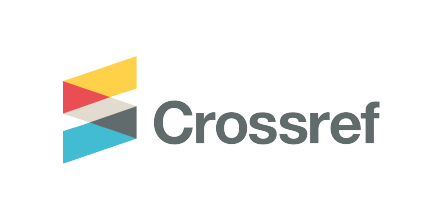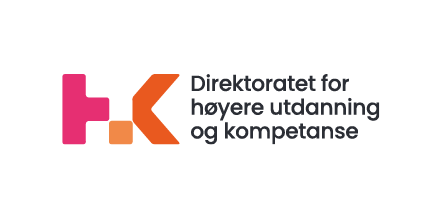The Effect of Building Block Game to the Ability of Social Interaction of Child with Autism Grade II
DOI:
https://doi.org/10.21776/ub.ijds.2019.006.02.3Keywords:
Building Block, The Ability Of Social Interaction, AutismAbstract
The aim of this research is to know the effect of building block game to the ability of social interaction of the child with autism grade II in SD Al Firdaus Surakarta in the year of 2018/2019. The research was using an experimental approach single subject or known as single-subject research (SSR) with A-B-A design. The result of the analysis showed the tendency of the direction and change of the level increased +1 at baseline-1 (A1), increased +4 at intervention (B), and constant =0 at baseline-2 (A2). High stability trend and overlap percentage of 0%. In baseline-1, the average score was 14,67 points; on intervention, the average score was increasing into 24,85 points; then on baseline-2, the average score was increasing again into 27 points. Based on the above result it can be concluded that the building block game has a positive effect on the ability of social interaction of the child with autism in second grade at SD Al Firdaus Surakarta in the year of 2018/2019.
References
Carpenter, L. (2003). DSM V Autism Spectrum Disorder: Guedilines & Criteria Exemplars. Retrieved from https://depts.washington.edu>dbpends, date Desember 20, 2018.
Cozby, P.C. (2009). Methodes In Behavioral Research. Edisi 9. Yogyakarta: Pustaka Pelajar.
Darmadi, H. (2014). Metode Penelitian Pendidikan dan Sosial. Bandung: Alfabeta.
Dimyati, J. (2013). Metodologi Penelitian Pendidikan dan Aplikasinya Pada Pendidikan Anak Usia Dini (PAUD). Jakarta: Prenadamedia.
Hasdianah. (2013). Autis Pada Anak Pencegahan, Perawatan, dan Pengobatan. Yogyakarta: Nuha Medika.
Ismail, A. (2006). Education Games Menjadi Cerdas dan Ceria Dengan Permainan Edukatif. Yogyakarta: Pilar Media.
Masnipal. (2013). Siap Menjadi Guru dan Pengelola PAUD Profesional. Jakarta: Gramedia.
Mawardah, V. & Ainin, K. (2014). Interaksi Sosial Anak Autis Dengan Metode Bermain Peran di SLB. Jurnal Pendidikan Khusus. (Online), https://jurnalmahasiswa.unesa.ac.id/index.php/jurnal-pendidikan-khusus/article/download/6338/7172, date Desember 19, 2018.
Miller, W.R. & Boyd, G. (1970). Teaching Elementary Industrial Arts. South Holland, Illinois: The Goodheart-Wilcox Company.
Peeter, T. (2004). Panduan Autisme Terlengkap Hubungan Antara Pengetahuan Teoritis & Intervensi Pendidikan Bagi Penyandang Autis. Jakarta: PT. Dian Rakyat.
Sujarweni. (2014). Metodologi Penelitian. Yogyakarta: Pustaka Baru Press.
Rahmawati, S. & Hardiani, R.S. (2012). Pengaruh Metode ABA: Kemampuan Bersosialisasi terhadap Kemampuan Interaksi Sosial Anak Autis. (Online), https://media.neliti.com/media/publications/107104-ID-metode-aba-applied-behaviour-analysis-ke.pdf, date Desember 28, 2018.
Sunanto, J., Takeuchi, K. & Nakata, H. (2005). Penelitian dengan Subjek Tunggal. Bandung: UPI Press.
Walgito, B. (2003). Psikologi Sosial (Suatu Pengantar). Yogyakarta: Andi.
Volkenburg, V. (2015). Reaching Children with Autism Spectrum Disorders Using Creative Dramatic: The Building Blocks Model. International Journal Of Education .(Online), 43 (2) https://www.southernearlychildhood.org/upload/pdf/Dimensions_Vol43_2_VanVolkenburg_1.pdf, date Desember 19, 2018.
Downloads
Published
How to Cite
License
Copyright (c) 2019 Tri Nur Aini

This work is licensed under a Creative Commons Attribution-NonCommercial 4.0 International License.















